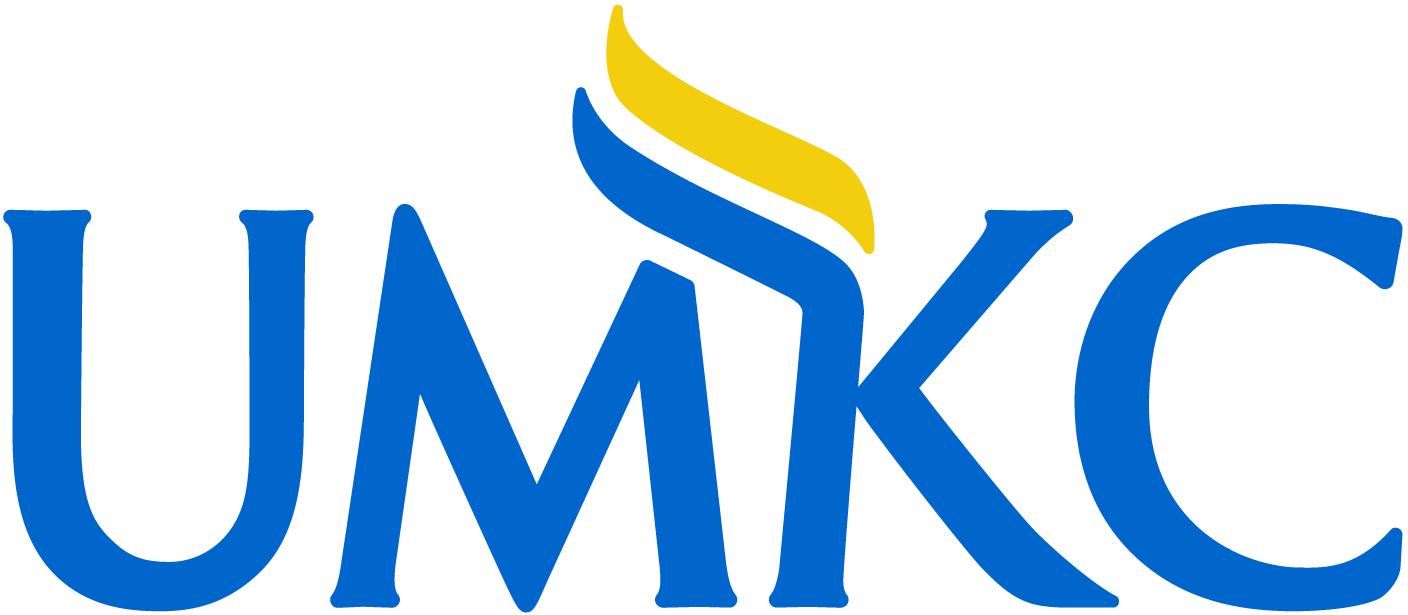Abstract
AIM: This article aims to evaluate and compare the marginal adaptation of inlay/onlay restorations produced through digital and conventional techniques.
MATERIALS AND METHODS: A systematic electronic literature search was performed using two primary databases, Medline (via PubMed) and ScienceDirect, to identify relevant publications on the research subject. The selection of articles followed strict inclusion and exclusion criteria to ensure relevance and quality. A manual search was also carried out to ensure the comprehensiveness of the review. In order to obtain recent results, only articles published after 2014 were included in the review.
RESULTS: Out of the initial 211 articles identified, 204 were excluded due to duplication, language restrictions, or failure to meet the inclusion criteria. A total of seven studies were included in the final analysis, comprising six in vitro studies and one in vivo study. Among them, five studies employed the replica technique to measure the marginal gap, one used an optical stereomicroscope, and one utilized computed tomography. The QUIN tool was used to assess the risk of bias.
CONCLUSION: Digital techniques demonstrate significant potential for improved marginal adaptation, yet further research is essential to conclusively validate their superiority over conventional approaches.
CLINICAL SIGNIFICANCE: This review highlights the importance of digital techniques in enhancing dental restorations, particularly the marginal adaptation of the indirect restorations. This evaluation is important, as marginal fit significantly impacts the longevity and clinical success of these restorations. How to cite this article: Jebali C, Riahi Z, Kalghoum I, et al. Dental Marginal Adaptation of Inlay/Onlay Restorations Fabricated with Digital and Conventional Techniques: A Systematic Review. J Contemp Dent Pract 2025;26(8):806-813.
